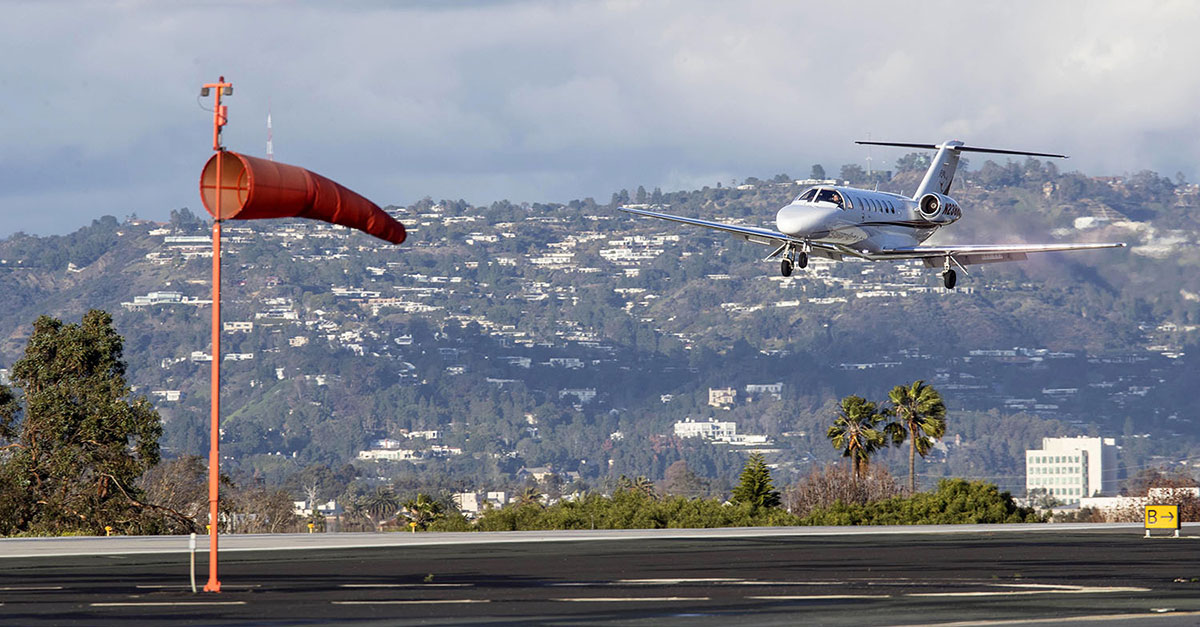
Aug. 11, 2017
In a recent “Information for Operators” (InFO 17009), the FAA informed operators of turbine-powered aircraft about the importance of establishing a point during landing where a go-around or rejected landing procedure would not be initiated, and the only option will be bringing the aircraft to a stop.
The FAA said operators should establish committed-to-stop points, based on their own operations and type of aircraft, to eliminate ambiguity for pilots. The agency recommended operators of turbine-powered aircraft establish SOPs for flight crews to help determine a point after touchdown where a go-around should not be initiated.
“Establishing company policy regarding committed-to-stop points helps the pilots make decisions during landing,” said Brian Koester, NBAA’s manager of operations. “These policies should consider a number of scenarios, such as committing to stop following deployment of spoilers, or committing to stop below a specified airspeed.”
Policies and procedures should be documented in company SOPs and flight operations manuals. Committed-to-stop points should be discussed during approach briefings and included in initial, recurrent and crew resource management training, as a consideration in the overall landing-distance assessment.
“Developing company-specific policies that include discussing committed-to-stop points in your company training and pre-flight preparations will improve safety and may help prevent landing accidents,” said Koester.
The FAA asked operators that choose to adopt committed-to-stop policies and procedures to notify their principal operations inspector of their company policies and procedures via the Safety Assurance System External Portal, once the portal is operational and available.
The FAA initially addressed this issue following a 2008 accident in which a Hawker 800 crashed while attempting a go-around more than 17 seconds after touchdown on a 5,500-foot runway, resulting in eight fatalities.
After investigating the accident, the NTSB determined that “if the captain had continued the landing and accepted the possibility of overrunning the runway, instead of attempting to execute a go-around late in the landing roll, the accident most likely would have been prevented, or the severity reduced, because the airplane would have come to rest within the runway safety area.”
The NTSB then issued 14 safety recommendations, including recommending that the FAA require operators to incorporate committed-to-stop points in manuals, training materials and standard operating procedures (SOPs).
Review FAA InFO 17009 here.


 International Business Aviation Council Ltd.
International Business Aviation Council Ltd.